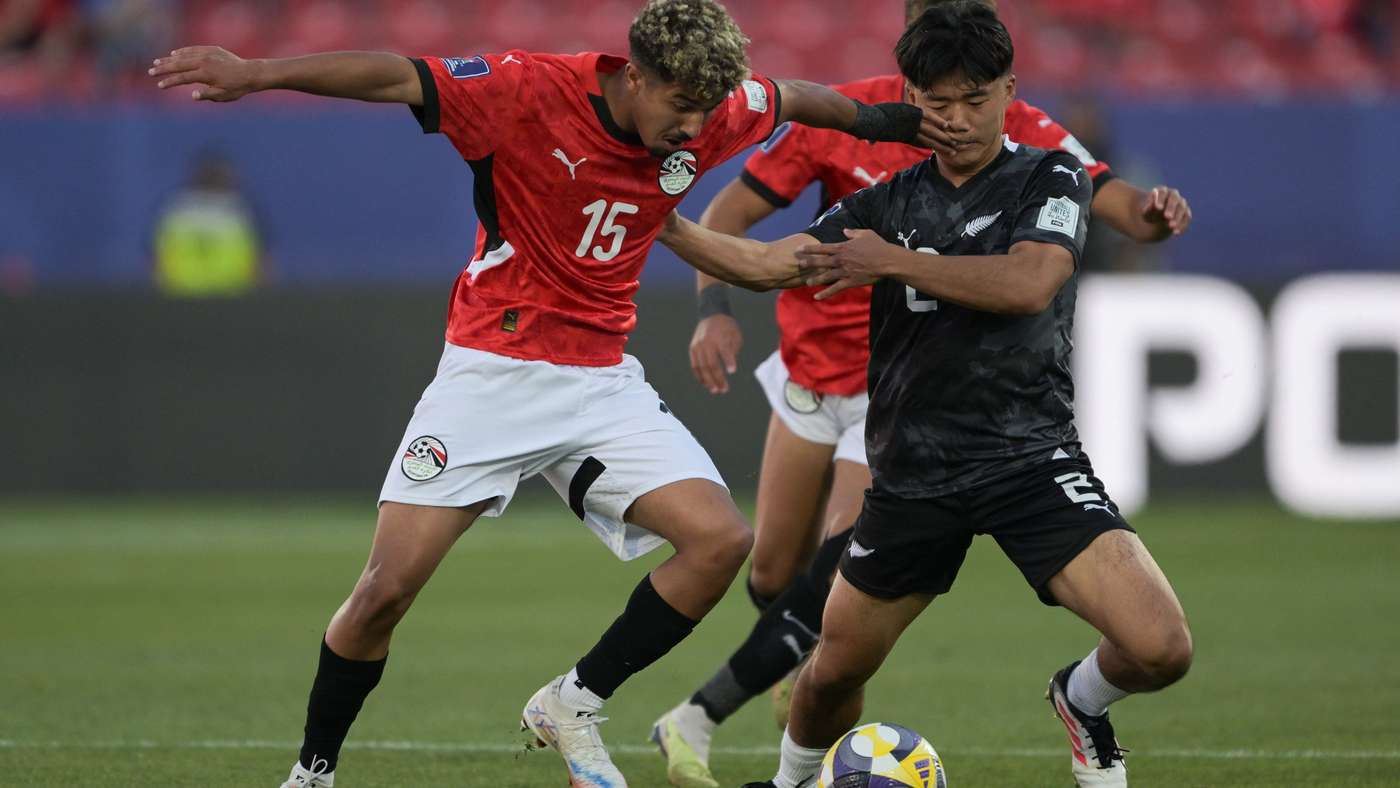When the Ballouts Start Flying: Could a US Government Shutdown Knock Out World Cup 2026?
1 octobre 2025

The World Cup 2026 kicks off at Azteca Stadium in Mexico City on June 11, with the United States hosting most matches, including the final at MetLife Stadium in New Jersey. Eight months remain, yet the tournament faces a string of performance challenges—from extreme heat to turf concerns—that were evident in recent international events. Meanwhile, news of a possible US government shutdown has brought a fresh set of questions about security, travel, and logistical coordination for the event.
What follows is a lay of the land: how a shutdown could influence security staffing, airport operations, and the broader machinery that keeps a global tournament running. The stakes are high, given the hundreds of thousands of spectators, media crews, and teams that will descend on North America in a single summer window.
Implications of a Shutdown
The shutdown does not mean a full national halt; essential services keep functioning. But non‑essential workers being furloughed or forced to take unpaid leave can sap morale and slow planning. In a tournament of this scale, any hiccup in staffing can ripple across travel, logistics, and on‑site operations.
Historically, gaps in federal support translate into longer wait times at airports, slower security processes, and distracted coordination. For a global event that relies on seamless security and rapid response, even small delays can snowball into widespread disruption once fans begin to pour in from around the world.
The U.S. Department of Homeland Security classifies major matches as “special events,” unlocking emergency funds and resources usually reserved for uplift or extraordinary situations. If the budget remains unsettled, those reserves risk being constrained or deployed more slowly than needed, raising concerns about crowd safety and incident response during peak days of the tournament.
Similarly, the Federal Aviation Administration warns that furloughs could affect non‑essential personnel, potentially limiting capacity for training, staff recruitment, and routine maintenance. The FAA would likely keep core air‑traffic control operations functional, but the broader ecosystem—planning, expansions, and upgrades—could see delays that echo through the travel experience of teams and fans alike.
On the communications side, the Federal Communications Commission is responsible for licensing broadcast and stadium wireless operations. In a world where the World Cup is the most watched event on the planet, any hiccup in licensing or licensing appeals could slow the smooth transmission of matches to a global audience, compounding the pressure on organizers to deliver a flawless broadcast.
Other Challenges
The shutdown emerges from a familiar fault line in American politics: a partisan impasse over funding. Even a rapid resolution would not instantly erase the heat of summer across host cities, where temperatures in Dallas, Houston, and Kansas City can easily surpass 35°C (95°F) with the possibility of 40°C (104°F) days on the calendar in June and July. The heat matters not just for fans but for players and medical staff, who must adapt hydration and recovery protocols to extreme conditions.
FIFA has pledged hydration breaks, potential schedule adjustments, and enhanced medical support, but the effectiveness of such measures depends on timely security, transport, and venue readiness. The tournament’s dual challenge is to manage the logistics of a massive international event while contending with a political process that could stall essential funding and approvals.
Beyond weather, the hosting plan involves earlier and more complex infrastructure work—upgrades to transit networks, roads, and traffic management—to absorb the expected flood of fans and professionals. For heavily funded projects, federal grants and reimbursements play a critical role; a shutdown could freeze disbursements and stall progress, complicating fit‑outs, signage, and crowd‑control systems across multiple cities.
Another operational headache centers on the turf. Many NFL venues are built around artificial surfaces, while FIFA requires natural grass for World Cup games. The idea of laying temporary natural grass over large synthetic grids is not new, but in practice it is a delicate balancing act. A rushed or compromised surface could invite concerns about player safety and jeopardize match quality—an outcome no host nation wants as the world watches.
The recent Club World Cup experience already warned that ground conditions can deteriorate quickly under heavy use, especially when the schedule is dense. Grounds crews face a daunting task in the months ahead: install, test, and maintain grass in venues like MetLife Stadium and AT&T Stadium, while ensuring that other city projects—transport, utilities, and stadium connectivity—are not left stranded by bureaucratic delays.
Of course, the human element matters most. City authorities and leagues must coordinate with federal and regional agencies to ensure there is enough funding and manpower to operate the match days, security sweeps, emergency response drills, and stadium maintenance without compromising safety or the fan experience.
Ticketing, Access, and Stadium Readiness
Ticketing remains a hot topic, with FIFA’s price framework drawing criticism for perceived inaccessibility to casual fans, especially international visitors paying significant travel costs. The risk of resale at inflated prices, along with cyber threats to the digital ticketing system, is a real concern for organizers who want the World Cup to feel accessible and celebratory rather than a luxury experience.
The scheduling of games outside traditional weekend slots or before sunset has also drawn scrutiny, as some fans may find it harder to attend during workdays, heat, or travel constraints. Coordinating synchronized arrivals across dozens of airports, trains, and roadways adds another layer of complexity that can be amplified by any funding or staffing shortfalls.
As for the playing fields, FIFA’s natural‑grass requirement means that turf management, weather patterns, and maintenance must be meticulously planned in advance. The risk of degraded surfaces remains a red flag if maintenance budgets are delayed or disrupted by the shutdown, potentially affecting the quality of football on show for a worldwide audience.
A Perfect Storm Ahead
Ultimately, the 2026 World Cup represents a monumental opportunity: 48 teams, record crowds, and the biggest sporting showcase on the planet. But the convergence of political gridlock, security demands, travel pressures, heat, and turf challenges means organizers must navigate a delicate balance of preparation and contingency planning. The world will be watching closely to see whether the United States, Canada, and Mexico can deliver a seamless and spectacular tournament despite the risk of disruption from political and budgetary headwinds.
Two punchlines worth keeping in mind as kickoff approaches: first, if kickoff delays become the norm, remember that in politics, as in football, the second quarter is when teams recalibrate—though in this case, it’s usually the budget that’s getting a halftime show. And second, if fans end up with a longer wait for tickets or for matches to start, at least the officials will have perfected the art of the dramatic pause—a feature that, surprisingly, is not listed in the stadium’s emergency response plan.



